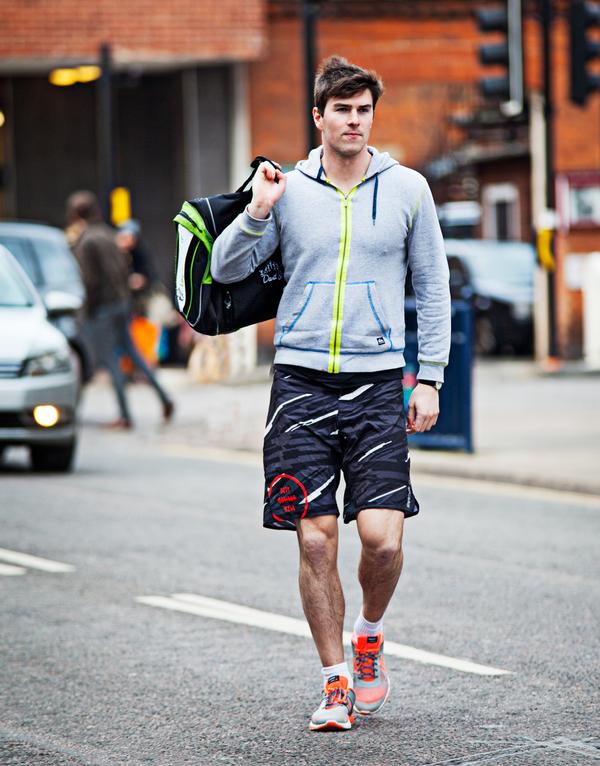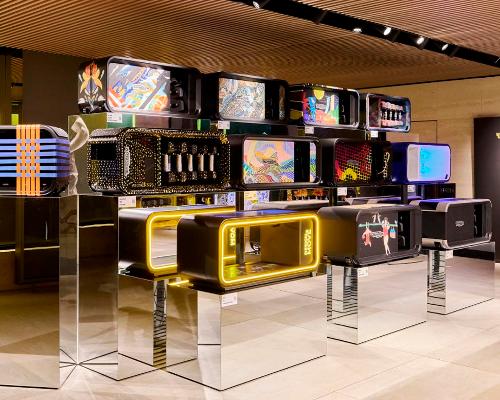features
Site assessment: Going local
Gyms and health clubs are popping up in increasingly diverse locations. What new opportunities does this present, and how do you decide if a site is right for you? Tim Baker reports

hese are positive times for the UK fitness industry: almost one in seven adults is now a member of a gym, and we’re seeing growth in number of clubs too: according to TLDC’s 2015 State of the UK Fitness Industry report, there are now 6,312 fitness facilities across the country.
Members are also spending more money. According to Cardlytics – which analyses consumer spending via debit cards, credit cards and direct debits – spending at health clubs via the cards it monitors grew by 44 per cent in the 12 months to August 2015. And the entire industry is benefiting from this growth: the same Cardlytics report tells us that, although growth is stronger at the budget end (with a 66 per cent rise), it also remains strong at mid and top-tier gyms, which have seen 22 per cent and 14 per cent growth in spend respectively.
There’s clearly room for all types and styles of gym within the market – what industry would turn its nose up at a 14 per cent growth rate in these times? The trick is matching your offer to the opportunity around you. Or, to put it another way, working out what your offer is and then finding the places where it fits best. Does the site you’re looking at fit you, or can you fit the site?
These decisions will become less straightforward as more opportunities emerge for gyms of all shapes and sizes – but that makes it more exciting too.
PERSONALISED LIVES
One key reason for the growth in the number of gyms and fitness facilities is that there are more and more places to put them: we’re seeing gyms popping up in residential blocks, in supermarkets, in sports stores and in suburban neighbourhoods. Landlords and developers see gyms as good covenants – and a ‘neighbourly’ enhancement to any development – so we’ll continue to see gyms of different shapes and sizes appearing in increasingly diverse places, whether as part of new-build projects or refurbishments of existing locations.
This diversification is symptomatic of a bigger trend: a growing customisation of our lives. This trend isn’t only affecting health and fitness, and it’s therefore important to look at changes in other sectors – such as retail – to draw parallels and gain an insight into how the fitness industry might develop.
People are taking control of their lives in ever more personalised ways. On-demand TV, online grocery shopping delivered at your convenience, more people working from home, the growth of fitness apps and wearable devices... all these are examples of how technology and social change are enabling people to shape their lives as they want them.
We mustn’t lose sight of the more traditional core: 85 per cent of our TV viewing is still done at the time of broadcast, and a similar proportion (85 per cent) of our shopping is still done via traditional bricks and mortar shops. Nevertheless, a small reduction in retail volume can destroy a business where margins are tight: the 15 per cent of shopping that’s being done online is clearly powerful enough to support many large and fast-growing companies – Amazon to name just one.
This is an important lesson for health club operators, most of whom continue to focus heavily on bricks and mortar facilities. The uptake of new offerings like apps and virtual at-home fitness might currently be small in absolute terms, but their emergence – and impact on customers’ evolving expectations – will be significant.
LOCAL FOCUS
A closer look at the ways the traditional 85 per cent of shopping is done also reveals shifts in patterns. Since 2008 there has been a huge shift, with many people making more frequent, smaller value trips to more local shops. People are typically spending more overall, but this is masked by the smaller value of each individual basket.
It is this shift, more than any migration online, that explains why the larger retailers are mothballing some of their superstores, selling off land bought for new-build stores and buying appropriate sites and buildings in suburban and town centre locations for conversion to neighbourhood convenience stores. These smaller stores have far fewer products and service local communities with ranges that are developed to suit their environments.
This shift in behaviour – coupled with changing attitudes towards health – opens up opportunities for venues such as gyms to co-locate with shopping centres.
But other potential gym sites can also be identified by understanding these shifts. We know people are acting more locally, finding things to do closer to home. An appropriate gym close to where people tend to congregate is an attractive proposition.
being Site-specific
But what’s appropriate? Clearly this must embrace all elements of the offer: the size, the appearance, the facilities and services offered, opening hours, the packages offered and so on.
Supermarkets have highly sophisticated models and systems that help them determine exactly what product ranges are appropriate for any given location – but even if your business doesn’t have access to such systems, the same rigorous analysis must apply. What exactly is the make-up of the local population, and what kind of gym or fitness facilities are they most likely to use?
When assessing potential new sites, it’s also worth remembering the double distance rule: every time a person’s distance from a location doubles, their likelihood of visiting that location halves. This rule works for shopping centres, cinemas, theme parks and museums – in fact any location you can think of. It works for gyms and health clubs too.
KNOW YOUR AREA
It’s also critical to assess the surrounding area not just for competition – in the form of other gyms, health clubs and leisure centres – but also for businesses and services that might complement and work alongside your club in some way.
What cafés and shops are in the area, for example, and what do they sell? Might this have an impact on your in-club retail offering? Could you create a partnership rather than duplicate efforts?
What about doctors’ surgeries, hospitals, sports clubs that could benefit from a closely located dedicated gym? How can you forge links with them?
And what about other leisure offerings in the area? Might these compete with your gym, offering alternative ways for people to be active, or might they be complementary – offering something for kids to do while mum comes to your club for a workout, for example?
And, of course, how well does this opportunity fit with your business plan? It’s easy to be distracted by a tempting opportunity that seems to offer quick wins, high return diversification, the chance to take out a competitor or to increase your presence in a particular area. The fact that, while one operator can’t make a location work for them, another can come in, take it over and turn it into a successful business is testament to the diversity of offers, business models and individual needs out there.
But the opposite is also true: a successful operation in one pair of hands can quickly fail in others that have a different orientation. So while life is starting to look good for the sector, still approach with care. Do the basics before you dive in – but if the site fits, apply with the usual passion and enjoy the ride!
About the author

Tim Baker is chair of Touchstone Partners, a leading research consultancy in the leisure, consumer and shopper sectors. Touchstone’s core expertise is in market exploration (to identify opportunities), pricing, brand equity and proposition development.
+44 1865 261442
+44 7710 633211




































































